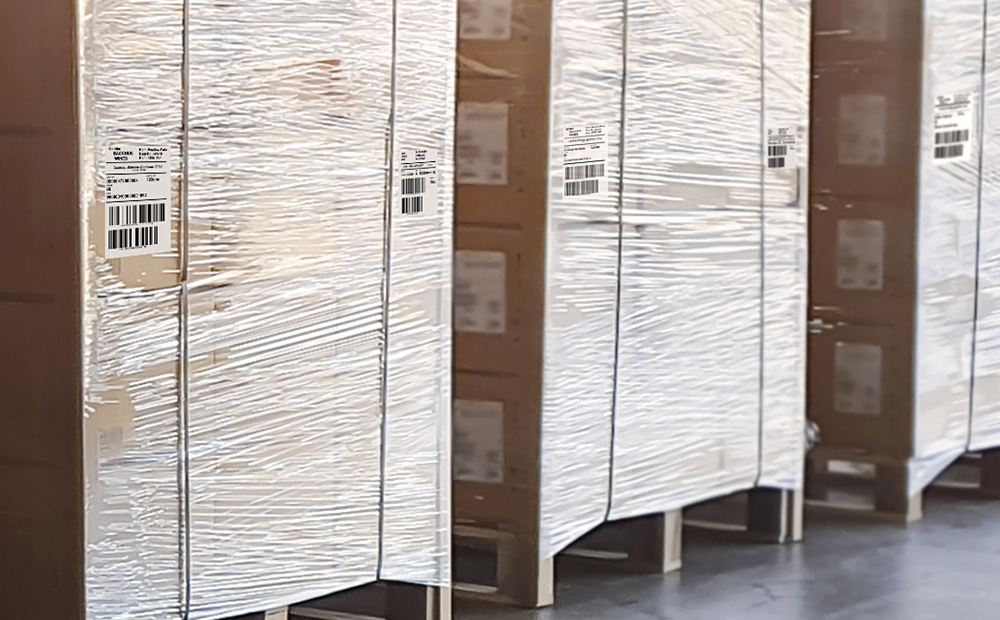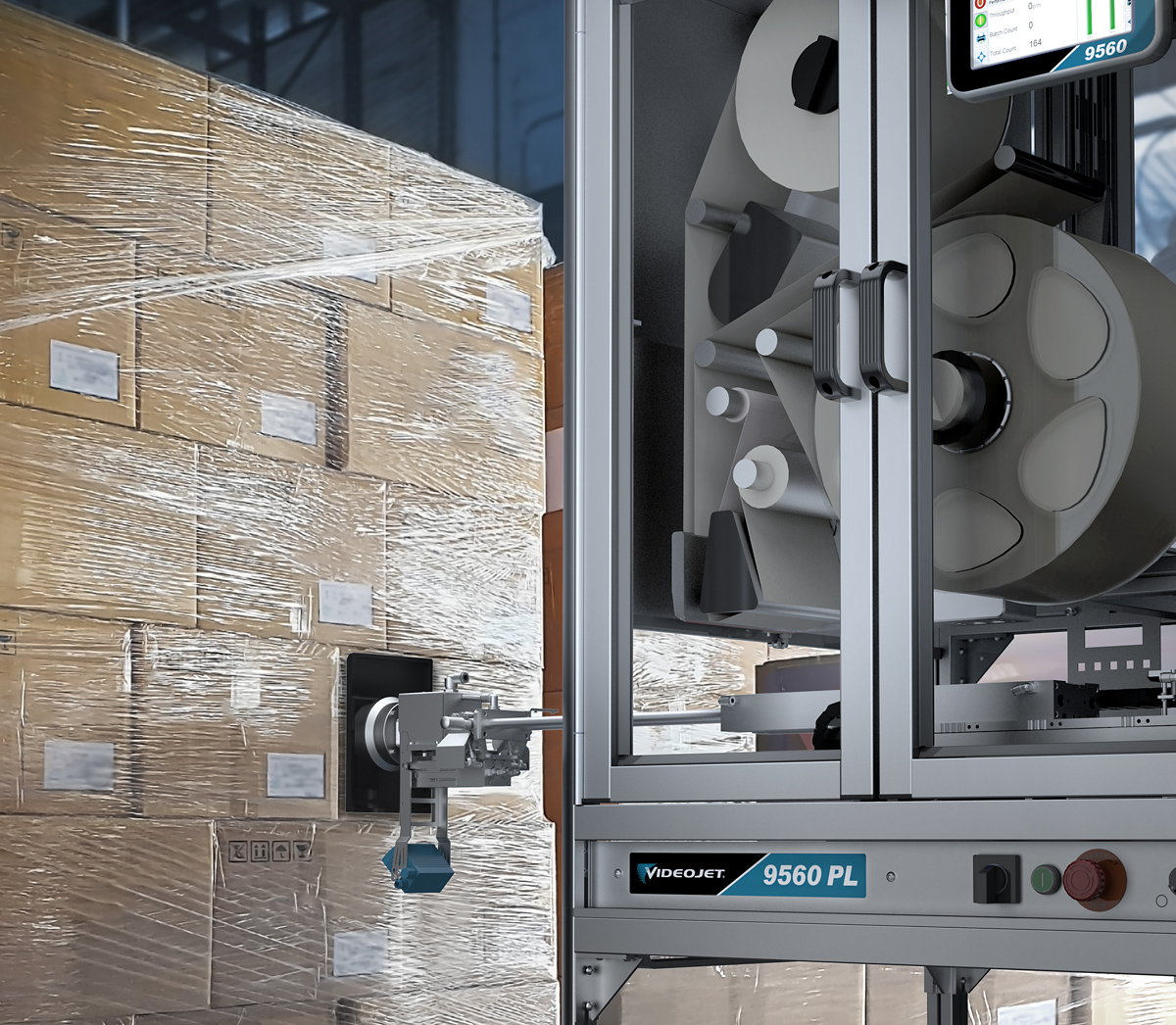In today’s fast-paced logistics and supply chain environment, efficiency and accuracy are paramount. Yet, many businesses still rely on outdated pallet labeling systems that can hinder productivity and lead to costly errors. If you’re experiencing issues with your current pallet labeler, it might be time to consider an upgrade. Here, we explore common pain points and how modern solutions can address them, along with recent market trends that highlight the importance of staying ahead.

Common pain points with outdated pallet labelers
- Inaccurate label placement: One of the most frequent issues with older pallet labelers is the inaccurate placement of labels. Misaligned labels can lead to scanning errors, delays in the supply chain, and even fines for non-compliance with industry standards.
- Manual processes: Many businesses still use manual labeling processes, which are not only time-consuming but also prone to human error. This inefficiency can significantly impact your bottom line.
- Skilled labor: Since the COVID-19 pandemic, companies have faced persistent labor shortages, leading to increased operational costs due to higher wages and challenges with workforce reliability.
- High maintenance costs: Older labeling systems often require frequent maintenance and repairs, leading to increased downtime and higher operational costs.
- Incompatibility with modern systems: As technology advances, older labelers may struggle to integrate with modern warehouse management systems (WMS) and other automated processes e.g., through EtherNet/IPTM or PROFINET®, limiting your ability to streamline operations.
How advanced pallet labeling systems solve key challenges
- Automated label placement: Modern pallet labelers use advanced technology to ensure precise label placement every time. This reduces the risk of scanning errors and improves overall efficiency.
- Integration with WMS: Today’s labeling systems are designed to seamlessly integrate with your existing WMS or a software system, providing real-time data and enhancing traceability throughout the supply chain.
- Reduced maintenance costs: Newer systems are built with durability in mind, requiring less frequent maintenance and offering longer operational lifespans. This translates to lower maintenance costs and less downtime.
- Enhanced speed and efficiency: Automated systems can label multiple sides of a pallet quickly and accurately, significantly speeding up the labeling process and reducing labor costs.

Stay ahead with real-time updates on the latest news:
Emerging trends in pallet labeling market
The pallet labeling market is evolving rapidly, driven by the need for greater efficiency and traceability in supply chains. Here are some key trends:
- Growth in automation: The global pallet labeling system market is expected to grow significantly, with a projected value of USD 1,312.8 million by 2035. This growth is largely driven by the increasing adoption of automated systems that enhance efficiency and reduce labor costs.1

- Integration of AI and machine learning: The use of artificial intelligence (AI) and machine learning (ML) in pallet labeling systems is on the rise. These technologies enable more accurate label placement and predictive maintenance, further reducing downtime and operational costs.
- Sustainability: There is a growing emphasis on sustainable labeling solutions. Companies are increasingly looking for eco-friendly materials and processes that help reduce their environmental footprint.
- Regulatory compliance: With stricter regulations around product traceability and labeling such as e.g., FSMA, businesses are investing in advanced labeling systems to ensure compliance and avoid costly penalties.
Now is the time to upgrade
Upgrading to a modern pallet labeling system can address many of the pain points associated with older systems. By investing in a new solution, you can improve accuracy, reduce operational costs, and stay ahead of industry trends. Moreover, with the integration of advanced technologies, you can future-proof your operations and ensure compliance with evolving regulations.
What are the benefits of modern pallet labeling systems?
- Customizable pallet labeling solutions: Modern systems, such as the Videojet 9560 PL pallet labeling system, offer features like a rotating tamp pad with a wrist joint for firm label adhesion on up to four labels per pallet. They can place labels on up to three sides of the pallet, helping you avoid logistic hold-ups.
- User-Friendly interface: A graphical user interface minimizes errors and aids with troubleshooting, while onboard videos simplify staff training.
- Environmental protection: Fully enclosed, climate-controlled cabinets protect labels from harsh conditions, reducing warping, deformation, and weak adhesion.

- Durable and efficient design: Thermal transfer labeling ensures labels do not change color when exposed to sunlight and can apply identical labels on up to three sides in compliance with GS1 specifications.
- Flexible and resilient pallet labeling system: With a rugged design and industry-low footprint, these systems can be placed almost anywhere. They offer three stand height options and a labeling arm that extends up to 700mm beyond the enclosure.
- Advanced error reduction: Integrated bar code scanners check for label errors, ensuring readability and validating codes.
- Next-Level Reliability: Features like an advanced rotating tamp pad that corrects no-read labels and Intelligent Motion™ technology for precise control reduce errors and downtime.
- Seamless Connectivity: Modern systems offer intelligent I/O capabilities, including EtherNet/IP™, PROFINET®, Zebra, and SATO protocols. VideojetConnect™ software solutions ensure data integrity and easy printer connection across the plant.
- Sustainability: These systems support sustainability objectives by helping to reduce environmental impact and optimize supply chains.
Don’t let outdated pallet labeling systems disrupt your supply chain. Upgrade to advanced pallet labeling systems today to streamline your supply chain, reduce costs, and stay ahead of industry trends. Contact us to learn more about sustainable and automated solutions for your business.
Source: 1 Pallet Labelling System Market Size & Trends 2025 to 2035
